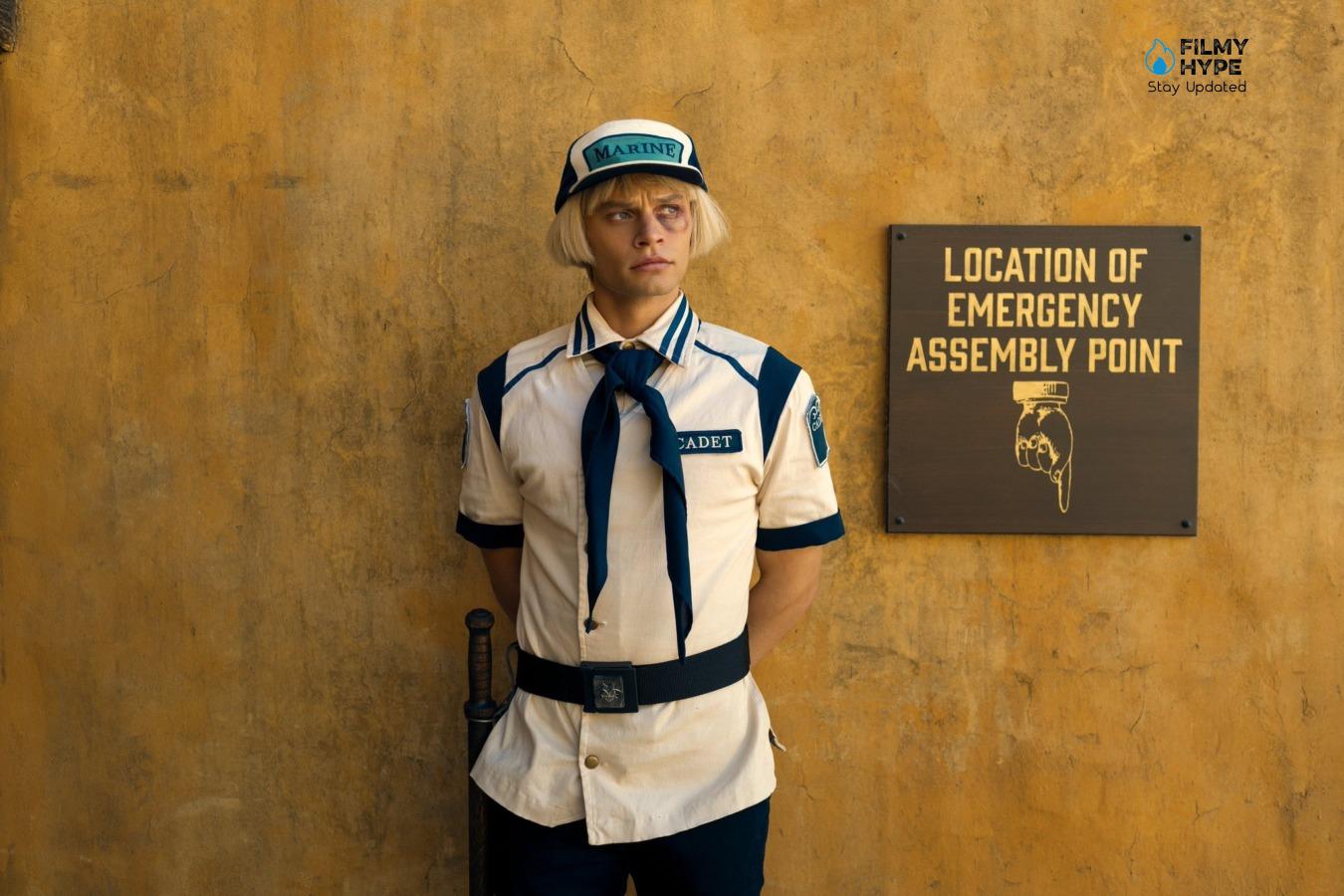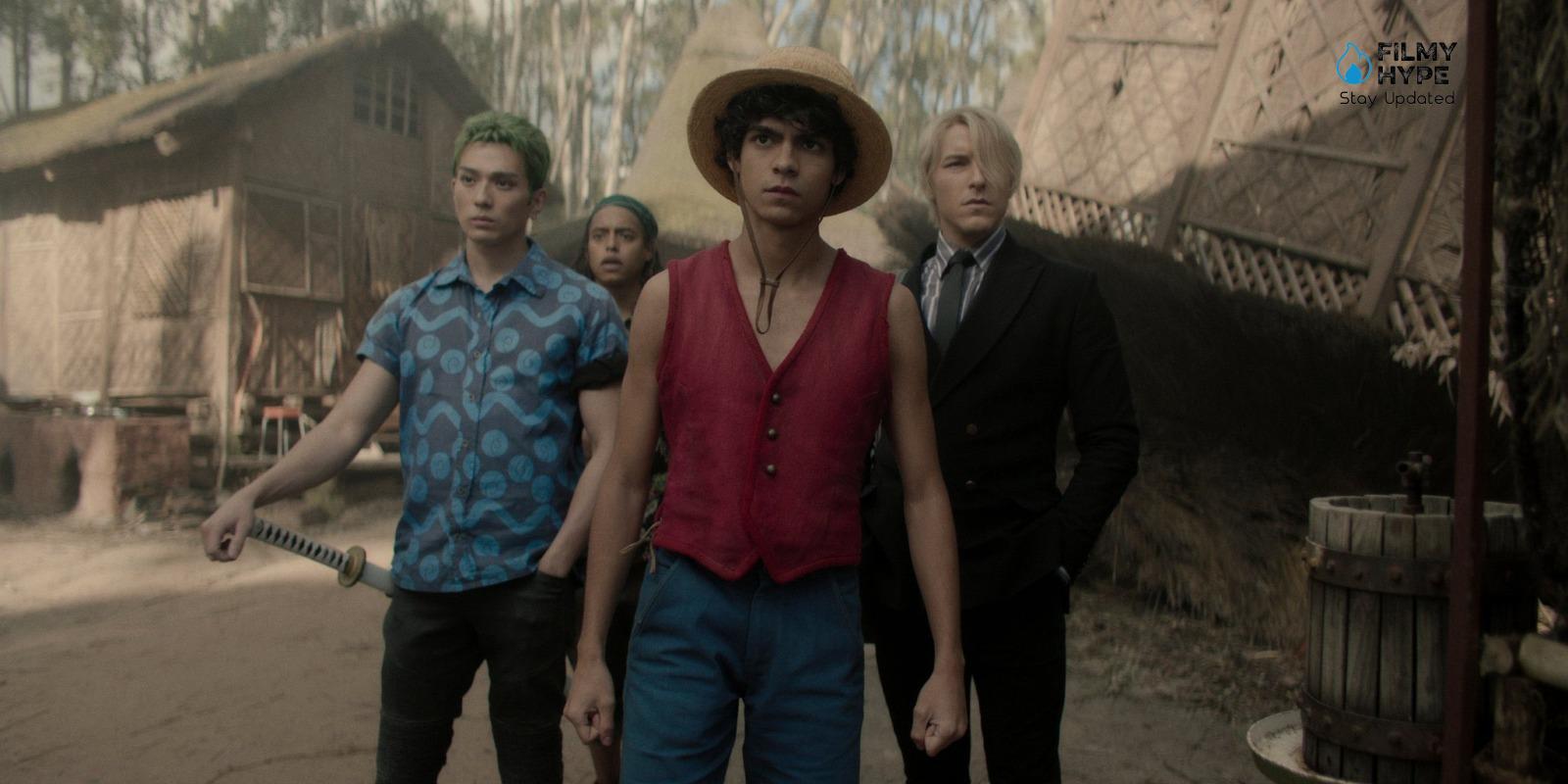One Piece Netflix: Because Netflix Absolutely Must Not Get One Piece Wrong
One Piece series is all set to arrive this month on Netflix. It’s no surprise that people instantly get defensive when they hear the words Netflix and live-action juxtaposed. We are talking about a streaming giant that has repeatedly disappointed its subscribers in this sense, offering adaptations for the small screen that have not been able to make the most of the magic of the original products, inspiring a series of stereotypes, in this sense, which still today they tend never to wane completely. The announcement of a project dedicated to One Piece has, rightly so, immediately inspired mixed reactions and a certain underlying melancholy that is also very familiar to insiders, all encouraged by a presentation trailer that did not seem to portend anything new.

The latest developments in this sense, however, accompanied by a second trailer that seems to promise anything from the previous one, have raised the bar of general expectations and inspired new positive reactions towards a work of which we still know almost nothing. Being that the One Piece live-action series will not be available before August 31, 2023, we decided to think for a second about the path that Netflix itself has implemented, up to now, with such projects, highlighting some attempts that have influenced the current taste and expectations of the public precisely in this sense and on the potential of current choices.
One Piece Netflix: Trying Doesn’t Hurt… or Maybe Yes?
Netflix, in its gigantic catalog, has never disdained to experiment with some of the most famous manga/anime currently on the market, trying to transform them into live-action that have impressed the general public both positively and negatively. Some projects, such as the adaptation of Bleach or that of Cowboy Bebop for example (retrieve our review of Cowboy Bebop), have not shone all the way, even if their production methodologies have not been completely disdained by the fans, found themselves faced rather fluctuating jobs but still not very appreciable for certain things. Then there are those works that have left no doubt in negative terms such as the adaptation of Death Note, which inspired extremely fierce reactions, and a certain general distrust in the choices that the streaming giant made and could make in the immediate future (in this sense, the general reception towards One Piece is not surprising at all).
Obviously, subscribers can also easily interface with works of excellent workmanship, which have positively convinced both the public and critics. An example of all we find is Alice in Borderland, a two-season TV series directed by Shinsuke Sato, and based on the manga of the same name created by Haro Aso. Such a product has been widely appreciated by both fans and casual consumers linked to the platform in question, generating a response that not everyone would have imagined. Being that Netflix‘s relationship with adaptations, both in general and from the world of anime and manga, seems to be quite up-and-down and never too convincing, it is natural to get defensive when talking about such an idea applied to One Piece.

In this case, we are not talking about a famous story and that’s it, but a real pillar of the current and past manga world, of a work that has made the history of the paper and animated medium and which has continued to do so for years (over 20 to be clear, since its publication date dates back to 1997, which is still ongoing). Choosing to adapt and touch such a work is a gigantic risk in general, for a platform that in recent times has not been able to manage its investments in transpositions on the small screen too well. Just look at what was done with The Witcher (retrieve our review of The Witcher Season 3 Vol 1) to understand how not to work with a story that would certainly have deserved much more attention, while still maintaining decent standards. Thus, the doubt about One Piece inevitably remains, finding a general and partial mutation in relation to the project after the publication of its second trailer in a good slice of the increasingly cynical public.
A New Chance?
Published on Netflix Italy’s YouTube channel on July 22, 2023, the second trailer of One Piece immediately makes it clear where this live-action TV series wants to go, providing a fleeting presentation of the characters we will see in the first narrative arc, the iconic places that fans know very well, the relationships between the protagonists and the clashes they will have to face along their way. It is not difficult to recognize, in the set of images proposed, some of the narrative arcs we have witnessed in the anime/manga, capable of presenting each of the main characters in their original encounters (we are talking about unique moments that everyone remembers, even to the detriment of story length). The stories of Luffy, Nami, Sanji, Usopp, and Zoro seem extremely central to the first season proposed by Netflix and, unlike the previous trailer, are also characterized well in terms of fidelity to the original material.

Such a cure, at least in appearance, has triggered positive reactions from all those who had raised their armor towards the project, inspiring a hope that we hope will not be betrayed. In the proposed images it is easy to see an obsessive attention to detail and to the references to the world created years ago by Oda, and, for those who know how to appreciate its value, it is a commitment that cannot always be taken for granted. The impressions transmitted by the second presentation video seem to perfectly convey the sensations that fans have always felt when they are at sea with Luffy and his crew, busy laughing, joking, and facing indelible battles and deeply emotional moments, even if some choices however, they leave doubts and perplexities in the direction of the so-called “cosplay effect”.

In all of this, however, we can’t help but think of Netflix and these attempts to address an extremely varied catchment area. His work, especially in the last period, is moving in balance along a very fine gridiron fueled also by the recent choices in terms of subscriptions. The attention of the public, old and new, could therefore also depend on One Piece itself and on its eventual success in terms of numbers and audience. There is the possibility that the very reception of this project could affect the general credibility of the portal which, at the moment, continues to play its cards by betting on ideas that are not always successful.

And So What?
Summing up for a second, it is not easy to predict how One Piece‘s live-action will be received, the fact remains that, at least for now, even the historical fans seem to be convinced of its potential, thanks to the latest trailer released. The interest in the work is huge, even if the distrust of the public is not too much to blame, especially if we look at Netflix‘s past and what it has done with other similar works. Once again the spotlights are pointed in the direction of the big N, with everyone’s attention and a certain latent distrust which, deep down, hopes to be denied once and for all. Will One Piece demonstrate the value of this portal, or will it confirm the fears of fans and subscribers of all time, tired of the latest results and proposals?



